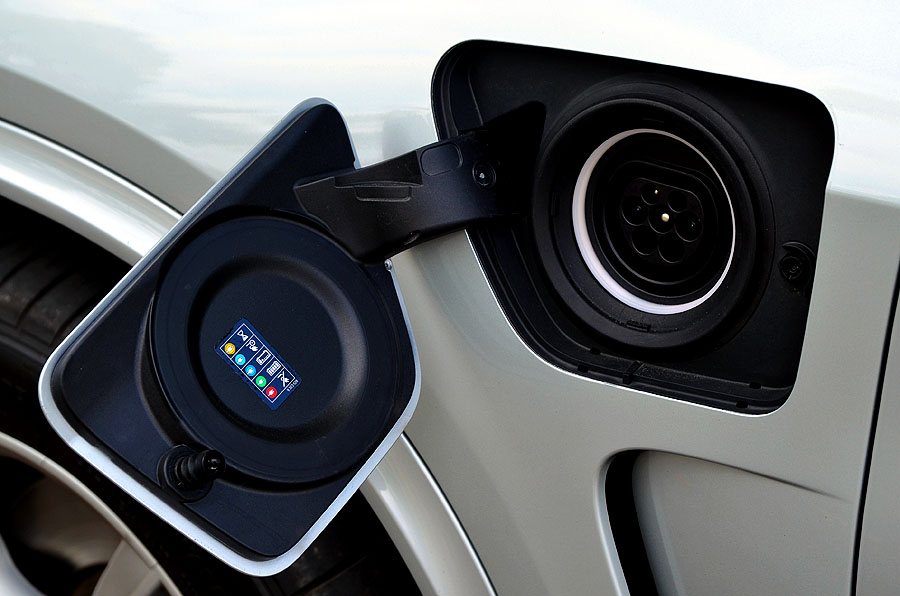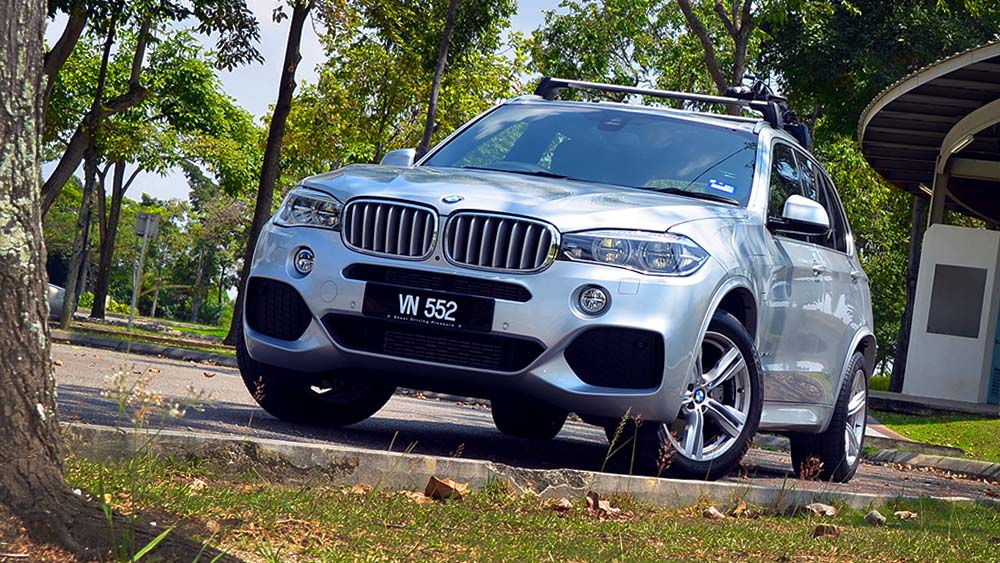
I remember the day BMW Malaysia introduced the X5 xDrive40e (Hybrid) very clearly even though I wasn’t around for its big launch. While the covers were being taken off the Bavarian SUV in the Ilham Tower along Persiaran KLCC last June, I was on a delayed flight from Madrid to Amsterdam where I’d be boarding a KLM-operated Boeing 777 flying directly to Kuala Lumpur that very evening.
A couple of days before, I was in the driver’s seat of a Volvo S90 during its international media test drive in the south of Spain. This was merely weeks after the Scandinavian carmaker proudly rolled out the locally assembled XC90 T8 Twin Engine here at a then extraordinary price of RM403,888. So it was only natural for the similarly packaged X5 Hybrid to become a hot topic with Volvo execs on the rare occasions when they weren’t bombarded by questions about the S90.
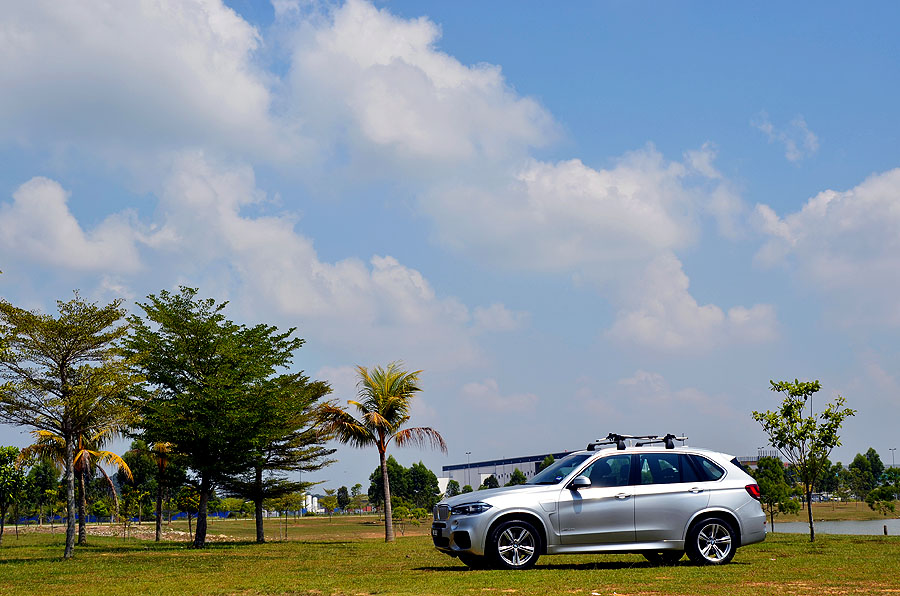
“It can’t possibly be cheaper than the XC90”, I remember saying to a couple of assured nods during one of those discussions. Those words were forced down my throat the moment our mobiles latched onto an internet network upon arriving at Schiphol for our homeward bound flight – the X5 Hybrid’s RM388,800 price tag sending a shockwave that reached our small party of travelling journalists more than 10,000km away, as the crow flies, from the launch venue.
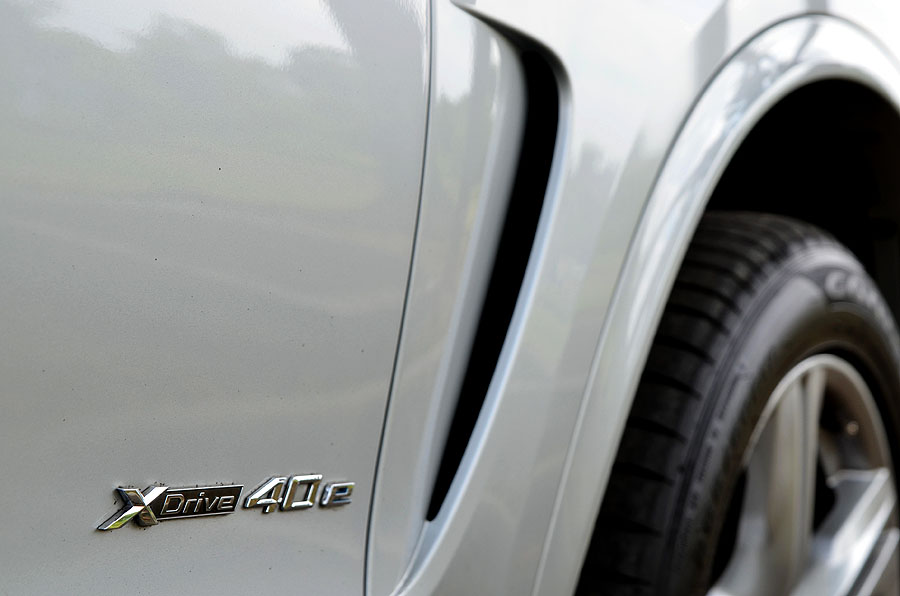
A year on, the sense of awe at BMW’s pricing masterstroke has somewhat subsided from the driver’s seat of this electrified X5. Sure, its Dakota leather-upholstered cabin spruced up with M Sport niceties and trim pieces from BMW’s widely shared parts bin is a lovely place to be in. But the sum of these parts does little to challenge the XC90’s interior, crystal gear knob and all, where imagination and perceived effort are concerned.
Peep into other departments – design, powertrain, etc. – and it becomes evident BMW and Volvo have trodden different paths with their plugin hybrid SUVs. And there’s plenty to appreciate in the Bavarians’ more grounded approach even though it can be difficult to pry your eyes away from the glamourous tech and Scandinavian magnetism of Sweden’s flagship four-wheeler.
Purists who insist that all SUVs should be AWD will prefer to cheer from the X5 Hybrid’s corner because of BMW’s brilliant xDrive system which is hardly fettled with to accommodate an extra source of power. Whether the car is running as a full EV, hybrid, or purely on petrol, the powertrain’s combined output is distributed across all four wheels to match driver intentions and road conditions. In case you’re wondering why this is a plus point, Volvo’s more unique AWD system puts the petrol engine in charge of the front wheels with the electric motors powering the rear axle alone.
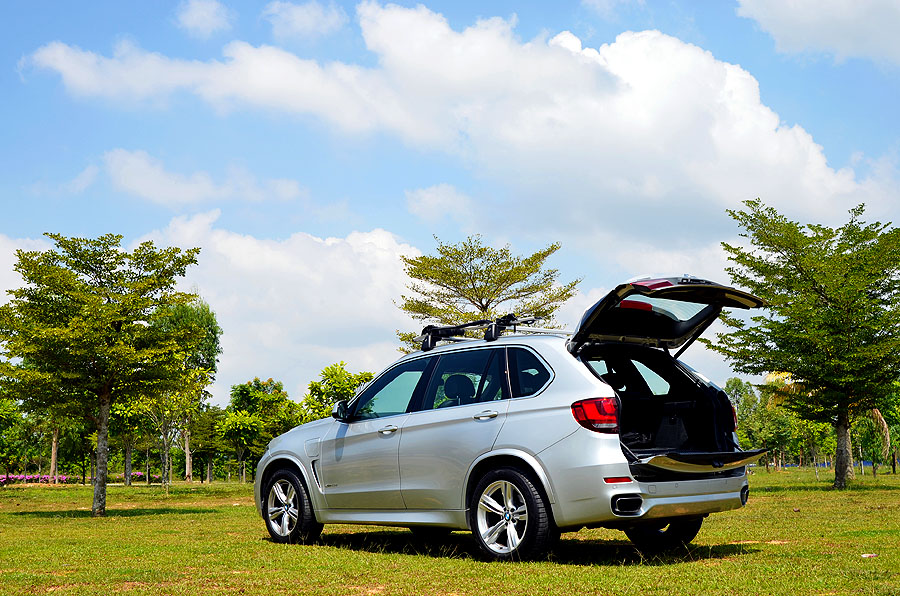
Speaking of outputs, the X5 Hybrid is endowed with 313bhp and 450Nm of torque with both its motors – internal combustion and electric – in full swing, which is 7bhp and 50Nm more than you’d get in the X5 xDrive35i that BMW Malaysia still sells for nearly RM600k. The ZF-manufactured 8-speed auto soldiers on despite the addition of an 83kW electric motor. And the fluidity with which it balances and delivers both outputs is simply impeccable, something we already knew from our experience with the 330e.
Straight-line performance isn’t mind-blowing by any means, but the combination of turbocharging and electric propulsion provides plenty of low-end shove to get the 2.3-tonne block of metal up to highway speeds from a standstill in under seven seconds. Go easy on the throttle and the X5 Hybrid will happily accelerate without waking the four-pot turbo up till 120kph, assuming the battery still has a charge. BMW claims a full charge can return up to 30km of full-EV driving, but we’d advise to keep expectations below 20 in the real world.

Even if the 351V lithium-ion battery were to run dry, the 242bhp N20 engine still excels as an independent source of power, with enough reserves to charge the battery on the side, albeit at a snail’s pace. However, charging from the grid, either at a designated ChargEV station or at home using the provided three-pin cable, is the better option if you want to replicate the 3.3L/100km fuel economy figure listed in the X5 Hybrid’s spec sheet. Treat the car as you may, a plugin hybrid like this can star in high-speed Hollywood car chases one moment or putter silently in a Greenpeace ad the next. Its flexibility is impressive.
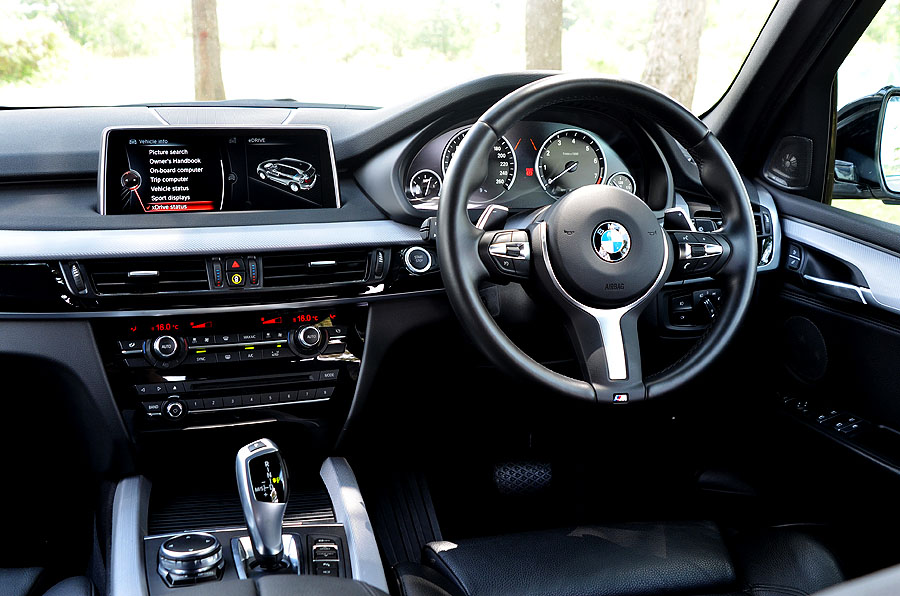
We wish we could say that in a literal sense because the only area that seems to lack the right amount of elasticity is its ride. The X5 Hybrid feels stiffly sprung, almost jittery in some cases, despite riding on 19-inch wheels. Yes, the M Sport wheels are big, but we’ve sat in hot hatches riding on 20 inchers that feel more comfortable. And that’s without any form of air suspension – the X5 has them in the back. That and the fact that the electric components eliminate the possibility of a seven-seat configuration are probably the only significant issues with the big Bimmer, cosmetic debates aside.
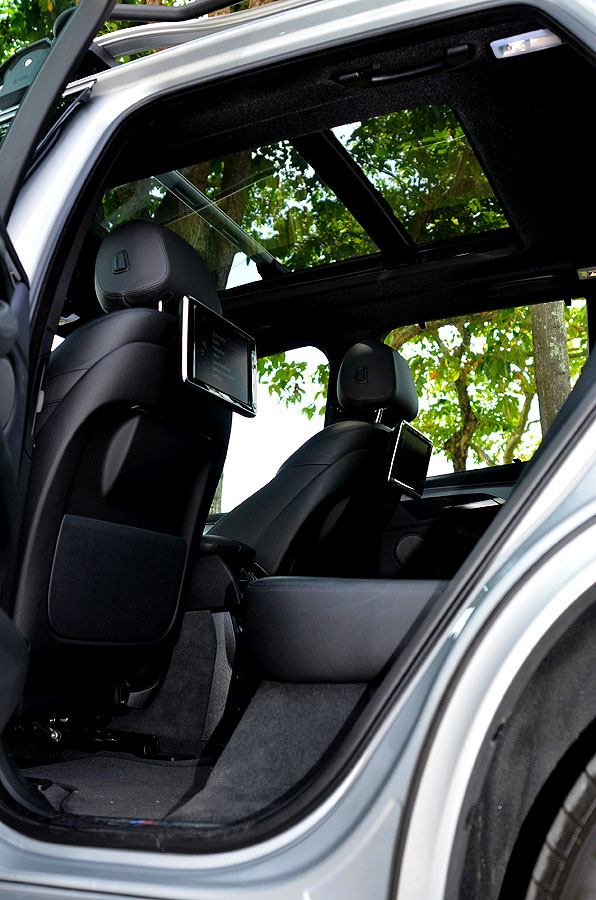
For either one of these reasons, some may feel more compelled to buy a Volvo XC90, or even an Audi Q7 or a Mercedes-Benz GLE. A portion of these drifters will probably make a U-turn for the BMW dealership after working out the finances, but we reckon the X5 has the merits to hold its own in this segment with or without its glaring price advantage. It’s a solid all-rounder, this – precisely what an SUV should be.
OR TRY THIS
Volvo XC90
Closest rival in terms of price and tech. Costlier Swede edges ahead in terms of the latter
SPECS
Engine: 1,997cc, 4-cylinder turbo, 83kW electric motor, 313bhp, 450Nm (combined)
RM388,800
Economy: 3.3L/100km, 77g/km CO2
Performance: 0-100kph in 6.8 secs, 210kph
Weight: 2,305kg
VERDICT: 7/10
Plugin hybrid element integrated seamlessly into what’s already a credible BMW powertrain. Tech-for-money ratio is as good as it gets.
